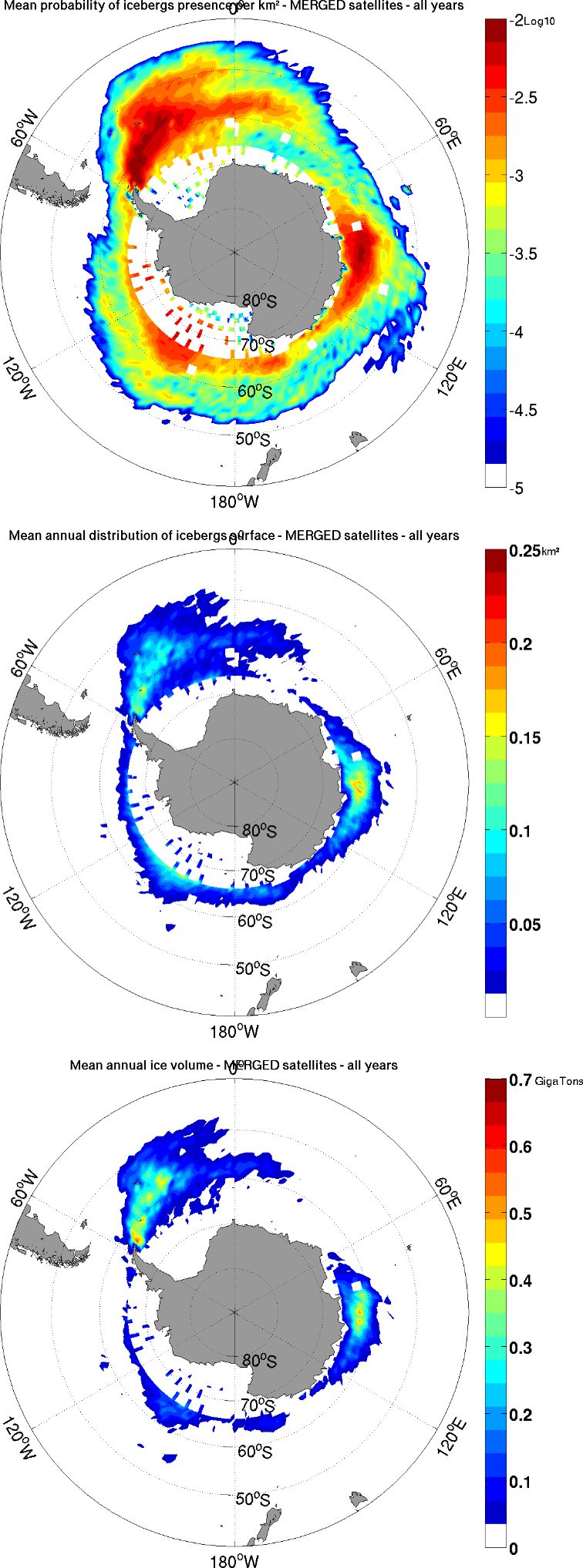Met-ocean study for the design of the Polar Pod structure and the optimization of its route
As part of Jean-Louis Etienne’s expedition to explore the Southern Ocean aboard the Polar Pod, an inhabited oceanographic platform specially designed to drift around Antarctica in the “howling fifties”, NOVELTIS carried out an advanced scientific study of the met-ocean parameters on the Polar Pod’s planned route.
Project details
Categories:
Tags:
Share this project:
Met-ocean study for the design of the Polar Pod structure and the optimization of its route
As part of Jean-Louis Etienne’s expedition to explore the Southern Ocean aboard the Polar Pod, an inhabited oceanographic platform specially designed to drift around Antarctica in the “howling fifties”, NOVELTIS carried out an advanced scientific study of the met-ocean parameters on the Polar Pod’s planned route.
Project details
Categories:
Left: Illustration of the “Polar Pod” platform and graph of average monthly ice accretion levels between 1979 and 2010 over the whole of Antarctica for the month of October.
Right: Average probability of floating ice (high). Surface distribution of floating ice per km2 (middle). Mean volume in GT of floating ice (bottom).
Means used
Résults
Client / Partner(s)
Jean-Louis ETIENNE






